Australia’s most morbid town names: from Mount Misery to Heartbreak Hill
From Mount Misery in Victoria to Mount Mismanagement in Tasmania, the country is full of landmarks that reflect our dark sense of humour. Here are the best to visit.
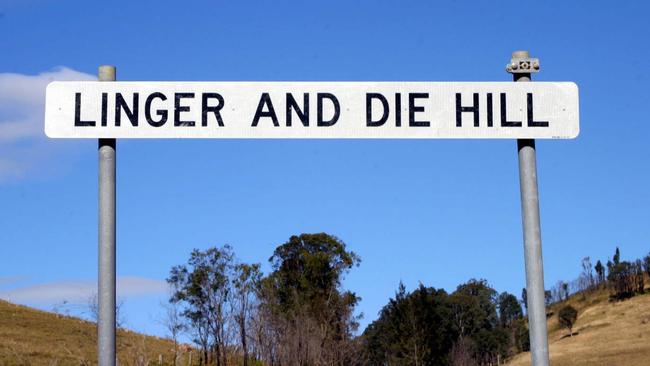
Some call it “dark tourism”. American wit and travel author PJ O’Rourke dubbed it “holidays in hell”. Visiting places of known calamity or disaster is, we’re told, a niche travel trend. For vicarious thrills? Remorse? Historic reflection? Or simply, as someone put it, “milking the macabre”?
Australia offers a lighter side to deadly serious “black-spot” travel. Stick a pin almost anywhere in the map and you’re not far from a signpost saying Coffin Bay, Dead Cat Gully or Mount Misery.
Some signs point to truly dark pasts, while the story behind others is closer to farce.
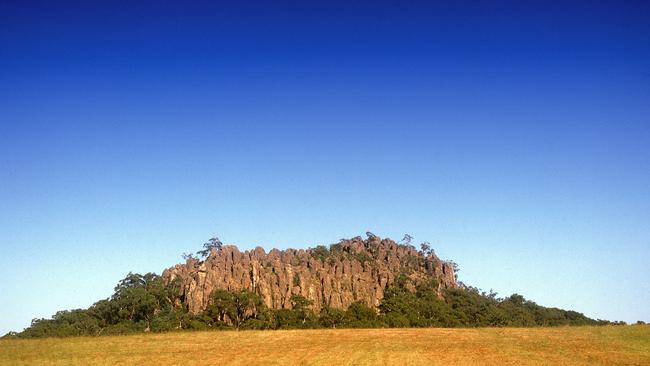
Hanging Rock
Victoria’s own picnic portal to the Underworld. The legend of disappearing school girls, the novel and the famous 1975 Peter Weir movie have burned the ominous Mount Macedon outcrop known as Hanging Rock into the Australian nightmare. Don’t be put off. Bring a picnic.
Coffin Bay
Nothing to do with the infamous “coffin ships” of the Irish Famine era. Nor did the bay’s namesake person sleep like Nosferatu in a pine box. Explorer Matthew Flinders named “Coffin’s Bay” on South Australia’s Eyre Peninsula after his Royal Navy friend, Sir Isaac Coffin. Deadly good local oysters are now the big attraction.
Mamungkukumpurangkuntjunya
It’s the longest official place name in Australia and means “Where the devil urinates”. Located in restricted Anangu Pitjantjatjara Yankunytjatjara territory in far northwest South Australia, this alleged Satanic comfort stop is unlikely to receive many place-chasing pilgrims.
Deadmans Reef
“Deadies”, at the foot of Sydney’s North Head, isn’t on any official map. When huge winter swells roll in, the 7m waves that implode there attract a special breed of surfer, plus an awe-struck clifftop crowd gasping at every takeoff that ends in either triumph or annihilation.
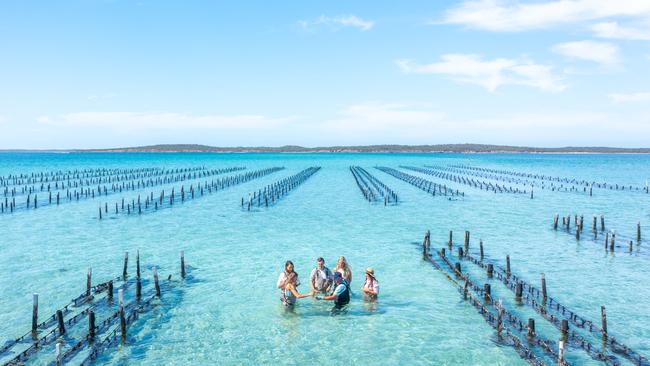
Mount Despair
Victoria boasts a pair of Despairs. The smaller one, in the Yarra Ranges was named, it is said, by early surveyors who had to labour mightily to reach its summit. The other, a 1461m peak in the remote Alpine National Park can be seen on a 40km hiking circuit that includes the delights of Mount Buggery, Terrible Hollow and Horrible Gap.
Mount Misery
Misery clearly loves company. A scattering of disgruntled summits across the continent includes one serious, 1588m peak in the Victorian Alps. Most of the other Miserys don’t even qualify, height-wise, as mountains. Queensland’s collection features a morosely named rise in the otherwise celebrated Gold Coast hinterland, while Tasmania’s sombre representative overlooks the scenic Huon River. South Australia’s Mount Miz, in the Adelaide Hills, maintains the contradiction of uplifting views twinned with a sad-sack name-tag.
Mount Disappointment
This modest peak near the southern end of the Great Divide thwarted explorers Hume and Hovell as they battled its dense vegetation in 1824 hoping to sight distant Port Phillip Bay from the summit. Their payback to the mountain was an eternally gloomy toponym.
Useless Loop
This shallow bay near Steep Point, Australia’s westernmost tip, was named by French navigator Louis de Freycinet in 1801. Realising its entrance was blocked by a sandbar, he charted the bay, perhaps with a petulant sniff, as Havre Inutile – Useless Harbour, which morphed into Useless Loop. Ironically, it is now the world’s largest solar salt operation, annually producing a million tonnes of anything-but-useless high-grade salt.
Foul Bay
Ubiquitous place-namer Matthew Flinders explored South Australia’s Yorke Peninsula in 1802. The pong of the bay’s decomposing seaweed had him literally cry foul, thus overwriting the traditional Aboriginal name. In defiance of this alleged whiff of corruption, Foul Bay remains a popular fishing and camping spot.
Lake Disappointment
Now called Kumpupintil, this huge salt lake in Western Australia’s Little Sandy Desert region was first visited by a European explorer in 1897. Expecting ample fresh water he found instead a salt lake, which he then named to reflect his disposition. Kumpupintil, an important site for the regional Martu people, is thought to be home to fearsome Ngayurnangalku spirits. Local avoidance taboos include flying over it.
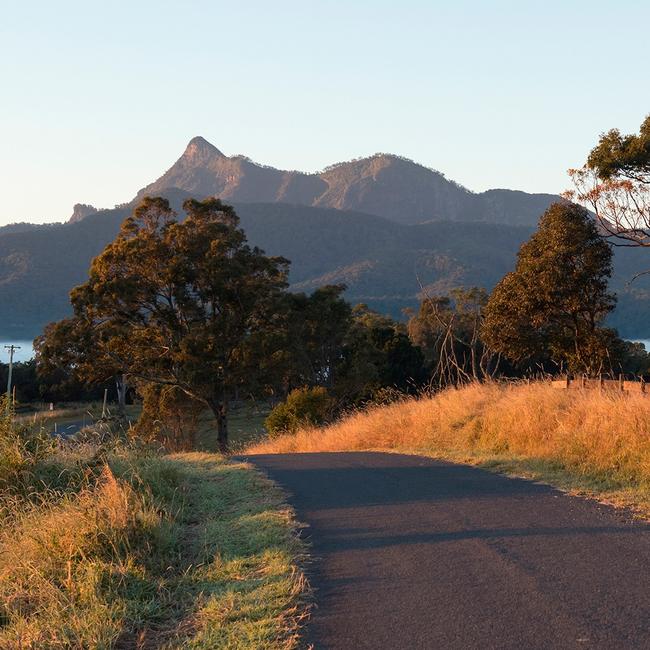
Mount Warning
As he sailed up the east coast in 1770, James Cook logged many navigation hazards in order to alert later sailors. Avoiding the reefs north of Byron Bay, he charted a distinctive landmark, Wollumbin, as Mount Warning. Further on, near today’s Coolangatta, he flagged Danger Reefs and Point Danger.
Cape Tribulation
Inevitably there was a reef even Cook couldn’t avoid. “Here began all our troubles,” he wrote when the Endeavour “hit the bricks”, a coral reef in Far North Queensland. He landmarked the nearby cape to commemorate the ship’s tribulations. Later, having repaired the hull, Cook threaded the near impossible needle of the Great Barrier Reef system, escaping to the open sea.
Mount Sorrow
Cook named this peak just inland of Cape Trib, doubling down on this doleful episode. There are excellent views of the Daintree and reef from its 680m summit, but the 7km ascent is tough.
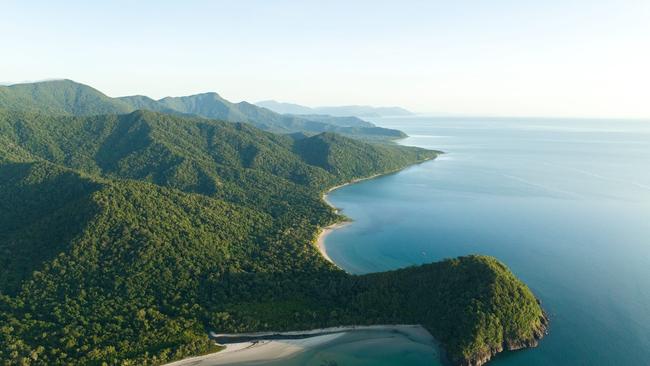
Wanka Creek
And worse. It’s the 400kg bunyip in the mad top paddock of Australian cartography. You can’t not mention the litany of Pythonesque place names strewn across the chart: Fiddletown, Humpybong, Bullshit Hill, Bumcooler Flat, Prickly Bottom and Big Dick Bore, plus an alarming list of “Nobs”, including Spanker, Scented, Prominent and Chinamans. Say no more.
Poowong
Sounds like? But doesn’t smell like. The redolent name of Poowong village derives from an Aboriginal word meaning “carrion” or “decay”, but there’s nothing rotten today in the state of this South Gippsland dairy farming settlement established in 1874.
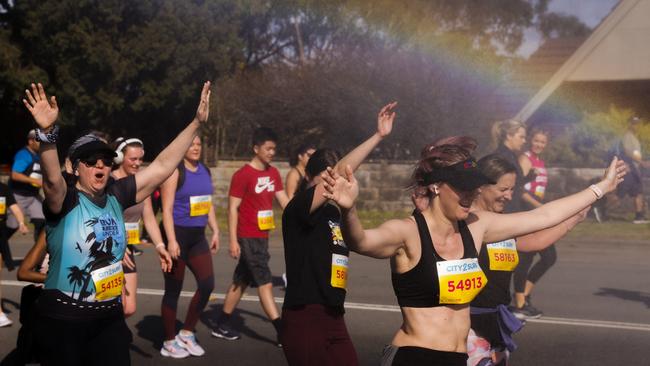
Heartbreak Hill
An unofficial name that’s not so much spoken as gasped, Heartbreak Hill, midpoint on Sydney’s 14km City2Surf running route, is a notorious, 2km grind from Rose Bay to Vaucluse. Last year 80,000 competitors laboured up it, enjoying – not – the spectacular harbour views. The borrowed name pays tribute to an even more punishing ascent on the Boston Marathon route.
Linger and Die Hill
The words were a grim admonition to bullockies and coach drivers urging their beasts of burden up this steep hill north of Stroud, NSW. So severe was the incline that if a wagon ground to a halt it was almost impossible to get it rolling again. History doesn’t record the hill’s alternative monikers as expressed in wagoner dialect of the day.
Broke
To borrow from a classic bushies’ lament: “Things are crook in Tallarook, but they’re sick of the joke in Broke.” The “joke” being that, at times, farming in this historic Hunter Valley region has been the perfect way to make a small fortune – presuming you started with a large one. The area was named by surveyor Thomas Mitchell to honour his friend, Sir Charles Broke-Vere. Fortunately, nominative determinism hasn’t impeded its ability to produce quality wines.
Tasmania
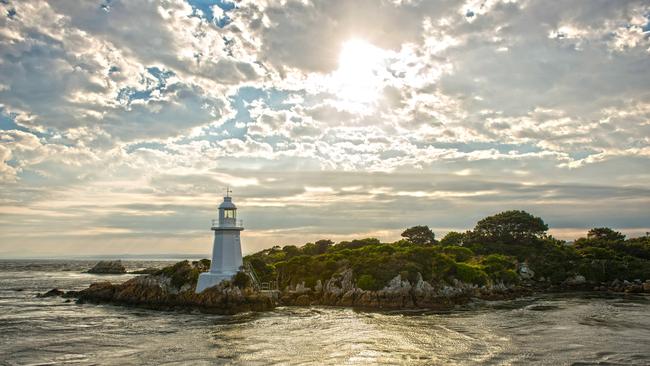
Tasmania has more than its share of colonial-era dark sites and forlorn names, along with gallows humour. Among the vernacular inventions were Mount Mismanagement, Laughing Jack Lagoon and Mother Browns Bottom.
Hells Gates
Tasmania’s gulag of outlier prisons built to torment the “worst of the worst” convicts included the pitiless Sarah Island Penal Station. This west coast hell on Earth was located inside Macquarie Harbour, from which the only seaward exit is a treacherous channel known aptly as Hells Gates.
Mount Horror
The almost cinematic name refers principally to this northeast mountain’s rugged terrain and scrub, although there are apocryphal rumours of escapee cannibalism. It has been dual-named as Konewongener.
Dismal Swamp
The Tarkine’s Dismal Swamp, the largest sinkhole in the Southern Hemisphere, was named – they say – in 1828 by a peeved government surveyor who spent a wet and miserable night there attempting, as one does, to sleep in a tree.
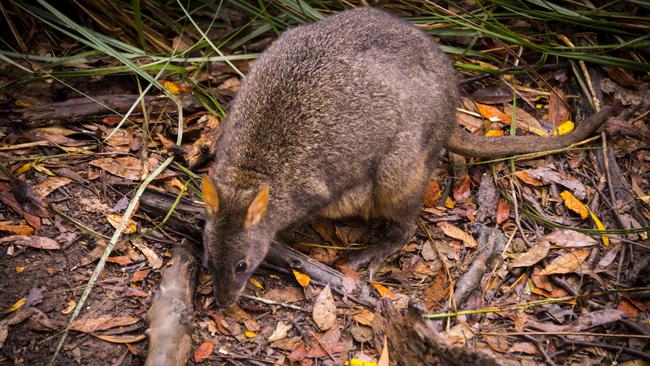
Suicide Bay
Which rightfully should have been called Homicide Bay. Situated at Cape Grim, far northwest Tasmania, it is the site of an infamous massacre where 30 Aboriginal men were shot in a reprisal raid by early settlers. Now dual-named Taneneryouer.
Break-Me-Neck Hill
The name, or at least the fit-for-publication version, of this steep hill northeast of Hobart comes from the time when bullock drays and horse-drawn wagons struggled up this hazardous incline, which became even worse in bad weather. First cousin to another similarly challenging Vandemonian slope, Bust-Me-Gall Hill.
Speckso Hill, Port Davey
Unofficial title of the viewpoint where in 1949 legendary Tasmanian bushman Deny King proposed to his future wife. “Will you marry me?” he said. Feigning reserve, she sighed: “ ’Spect so.”
Overseas spots
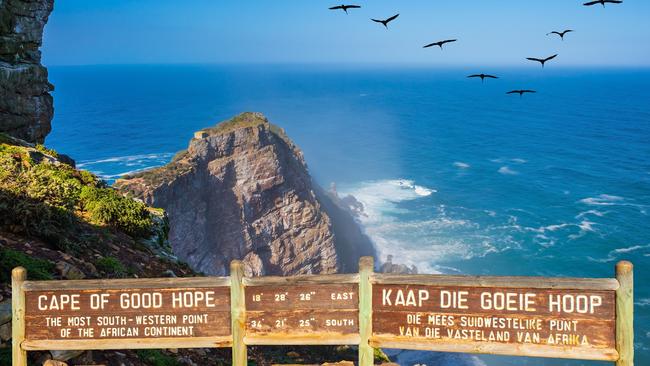
For “dark tourists” on the path of the macabre, a world of mordant place names awaits, leavened by the occasional laugh.
Haew Narok, Thailand
Meaning Hell’s Abyss, this waterfall in Khao Yai National Park north of Bangkok plunges 150m down a steaming jungle chasm. Local legends speak, of course, of demons in its depths. The blasting, triple-step cataract drenches onlookers with its spray. Hell was never so wet, nor water so welcome.
Dead Woman’s Pass, Peru
Warmiwanusca, aka Dead Woman’s Pass, is the highest point (4215m) on the Inca Trail to Machu Picchu, as well as being midpoint on the classic four-day trek. Its profile resembles a supine woman – thus the name. The steep ascent and altitude sickness often result in trekkers sagging to a similarly supine position at the pass, usually temporarily.
Hindu Kush, Afghanistan
It means “Hindu-killer” in Persian. This formidable mountain range stretching 800km east from Afghanistan earned its name, according to 14th-century adventurer Ibn Battuta, when Hindu slaves being taken to Muslim Central Asian markets often died on the arduous crossing.
Cabo das Tormentos, South Africa
Portuguese explorer Bartolomeu Dias named the Cape of Torments (or Storms) in 1488 in recognition of the violent weather and currents he encountered at the foot of the African continent. Spin doctors soon rebadged it as Cabo da Boa Esperanca – the Cape of Good Hope.

Costa da Morte, Spain
This fog-shrouded Atlantic shore earned its name, the Coast of the Dead, due to countless shipwrecks. Local lore is rich with tales of drowned sailors haunting its cliffs. Regardless, if you see on a Spanish menu “Goose-necked mussels from the Coast of the Dead”, go ghoulish.
Matamoros, Mexico
A town on the Texas-Mexico border. The Spanish word Matamoros means “Moor-slayer”, referring to Santiago Matamoros – St James the Moor-Slayer – patron saint of Spain. The local town name, however, honours Mariano Matamoros, a hero of the Mexican War of Independence.
Fugging, Austria
Meet the Fockos. This small village in upper Austria dates to its sixth-century founder, Focko. In 2021 it changed its 1000-year-old name from F..king to Fugging because for decades foreign tourists had repeatedly stolen the town sign, no matter how often it was replaced. Souvenir hunters still ask: “Do you have any F..king postcards?”
If you love to travel, sign up to our free weekly Travel + Luxury newsletter here.


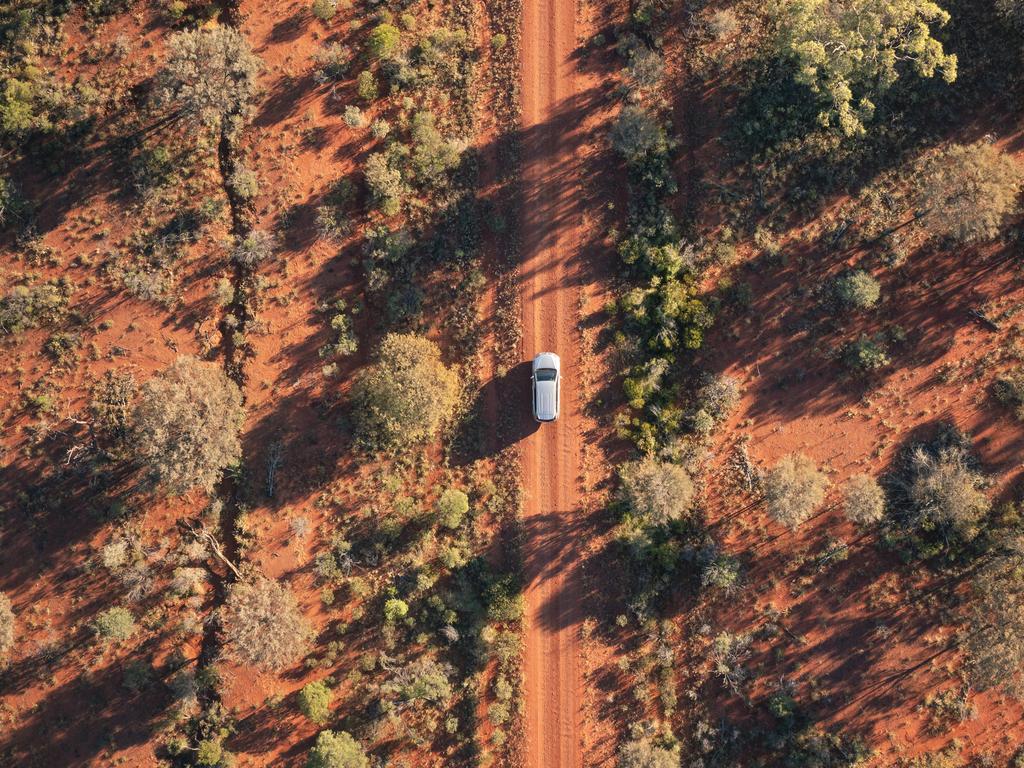

To join the conversation, please log in. Don't have an account? Register
Join the conversation, you are commenting as Logout